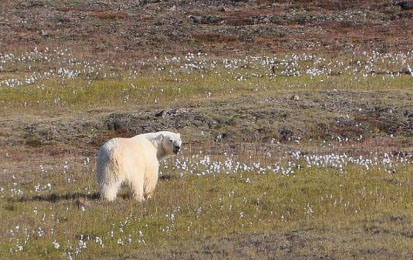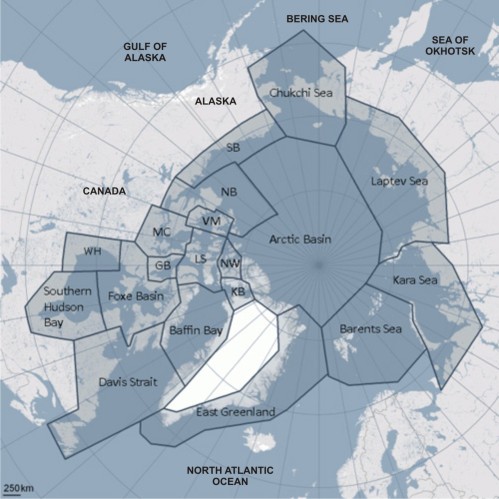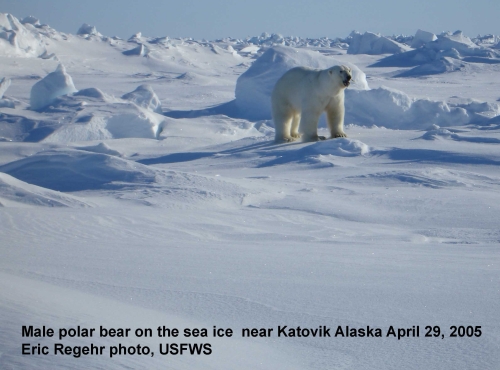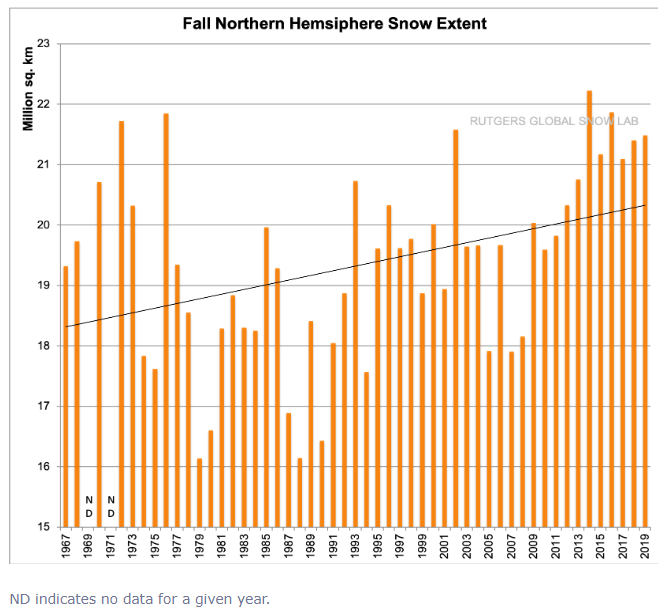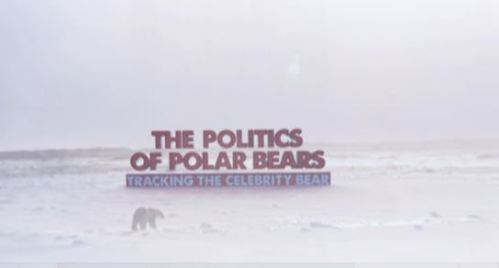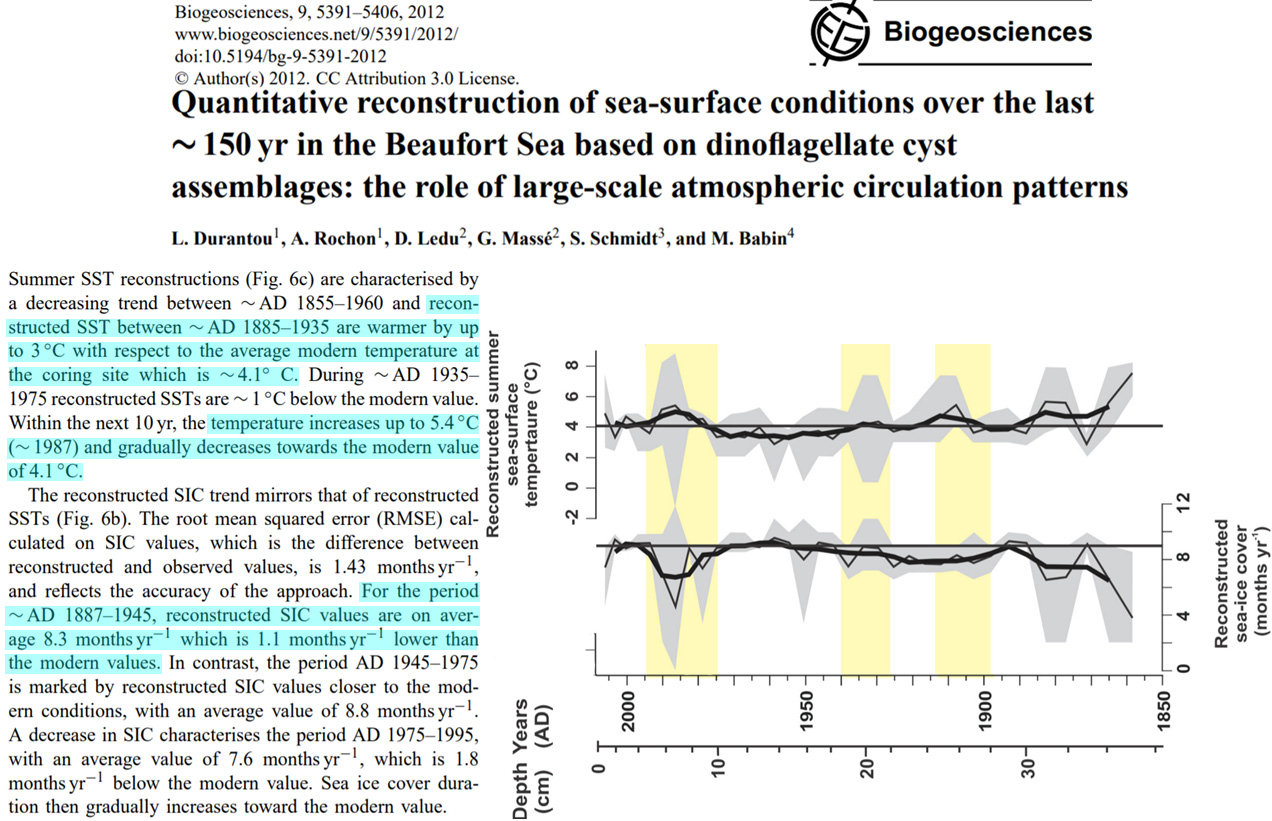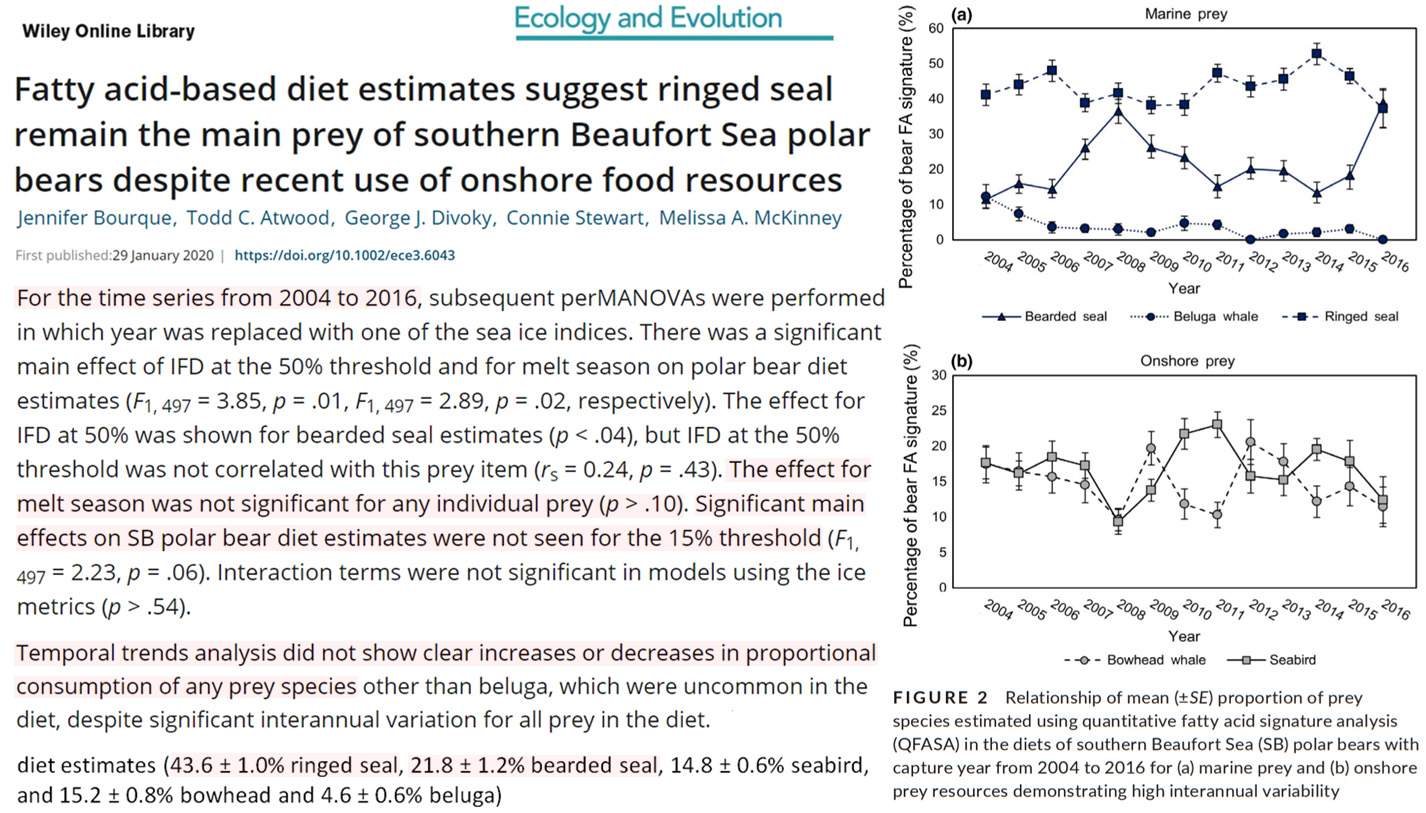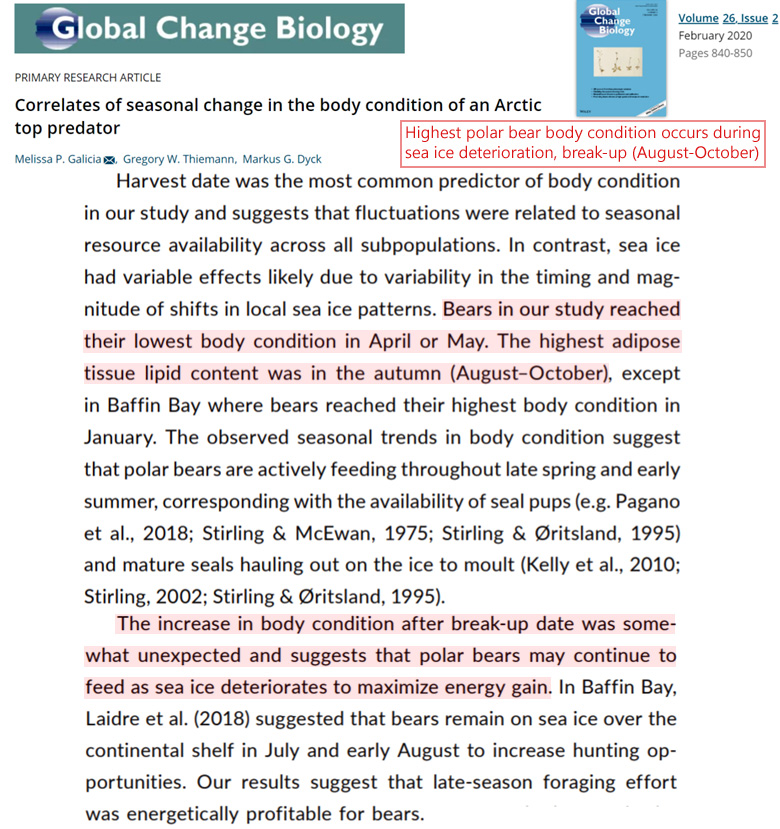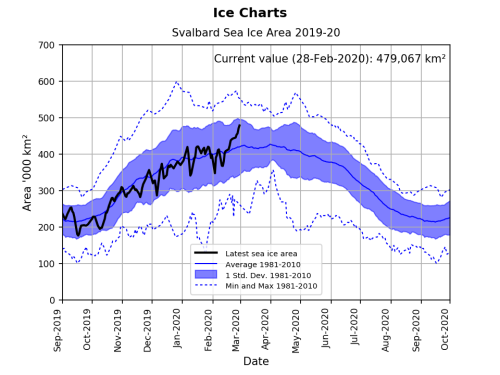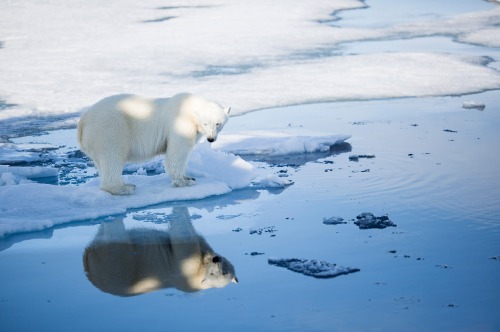- Joined
- Jan 28, 2013
- Messages
- 94,823
- Reaction score
- 28,342
- Location
- Williamsburg, Virginia
- Gender
- Male
- Political Leaning
- Independent
[h=2]Attenborough’s Arctic Betrayal: New video reveals that terrorizing young children about climate began with polar bears[/h]Posted on January 27, 2020 | Comments Offon Attenborough’s Arctic Betrayal: New video reveals that terrorizing young children about climate began with polar bears
My newest video released today summarizes the strong polar bear component to the terrorization of the world’s children about climate change, which began for many youngsters in 2006 with the BBC and Sir David Attenborough’s commentaries about the dire future of polar bears – and continues to this day. Kids get their climate change information from watching Attenborough documentaries at home and in school because they are trusted sources of information, but on the topic of Arctic victims of climate change, that trust has been betrayed.

Many children and young adults worldwide, including 16 year old Swedish climate campaigner Greta Thunburg, have been presented with such emotionally-charged and deceptive information about the Arctic through Attenborough’s productions that many have lost hope for the future. These despondent kids, as well as their parents and teachers, need reminding that while summer sea ice has indeed declined over the last few decades, polar bears, walrus, and other Arctic species are thriving (Aars 2018; Boveng 2016; Crockford 2017, 2018, 2019a, b; Kovacs 2016; Lowry 2015; MacCracken et al. 2017; Obbard et al. 2016; Rode et al. 2014, 2018).
Here is the video (13 minutes):
Below is my timeline, with references, and below the references is a list of previous videos on this topic.
Continue reading
My newest video released today summarizes the strong polar bear component to the terrorization of the world’s children about climate change, which began for many youngsters in 2006 with the BBC and Sir David Attenborough’s commentaries about the dire future of polar bears – and continues to this day. Kids get their climate change information from watching Attenborough documentaries at home and in school because they are trusted sources of information, but on the topic of Arctic victims of climate change, that trust has been betrayed.

Many children and young adults worldwide, including 16 year old Swedish climate campaigner Greta Thunburg, have been presented with such emotionally-charged and deceptive information about the Arctic through Attenborough’s productions that many have lost hope for the future. These despondent kids, as well as their parents and teachers, need reminding that while summer sea ice has indeed declined over the last few decades, polar bears, walrus, and other Arctic species are thriving (Aars 2018; Boveng 2016; Crockford 2017, 2018, 2019a, b; Kovacs 2016; Lowry 2015; MacCracken et al. 2017; Obbard et al. 2016; Rode et al. 2014, 2018).
Here is the video (13 minutes):
The press release issued by the Global Warming Policy Foundation states:It is the responsibility of teachers and parents to reassure these worried youngsters that polar bears and walrus are not suffering because of sea ice loss blamed on climate change. Children need to be told the truth: that whatever scary stories some biologists come up with about what might happen in the future, Arctic species have demonstrated that they are much more resilient to changes in sea ice than Attenborough’s films suggest.
The GWPF is sending copies of this video to all head teachers of UK schools together with a letter, telling them that they are responsible for the mental health of their pupils and that they have a responsibility to provide their pupils with accurate information about the state of wildlife in the Arctic.
The letter sent to head teachers will include a list of verifiable facts, with references, listed here.The GWPF is sending copies of this video to all head teachers of UK schools together with a letter, telling them that they are responsible for the mental health of their pupils and that they have a responsibility to provide their pupils with accurate information about the state of wildlife in the Arctic.
Below is my timeline, with references, and below the references is a list of previous videos on this topic.
Continue reading

